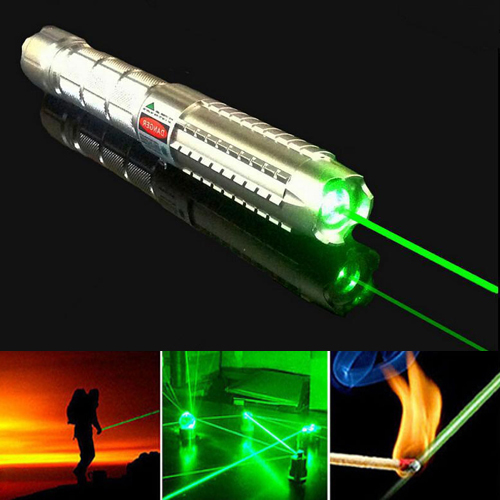According to reports, a research conducted by Northwestern University and Argonne National Laboratory has successfully constructed a small chip-based laser design that can output a multi-color laser pointer, making a big step towards the integration of photonic laser step. Possible uses include fiber optic encryption, encoding, redundancy, and higher data rate streams, as well as providing real-time multicolor medical imaging for diseased tissue.
A professor of chemistry at Northwestern University said: Our work confirmed that multi-mode lasers with different colors can be controlled in a single device. Compared with traditional lasers, our lasers have stable multi-mode nano-level laser emission, and we can control the laser beam carefully and finely. This study provides new insights into the design and mechanism of multi-mode nanoscale lasers based on structural engineering and control of the nanoparticle superlattice structure.
In this device, the nanoparticle superlattice is integrated with the liquid gain (dye). Using this technique, the color and intensity of the red laser pointer can be controlled by simply changing the cavity structure of the device, and multiple colors can be generated and tuned at once. She and her team will consider designing white nano lasers by exciting blue, green, and red wavelengths simultaneously.
Their research should allow them to change the "whiteness" between warm white light and cold white light by controlling the relative intensities of the blue, green, and red channels. In addition, this new study also offers the possibility of hyper-sensitive reactions in chemical processes (which can monitor different molecules at the same time) and in-situ cell imaging in multiple colors.

